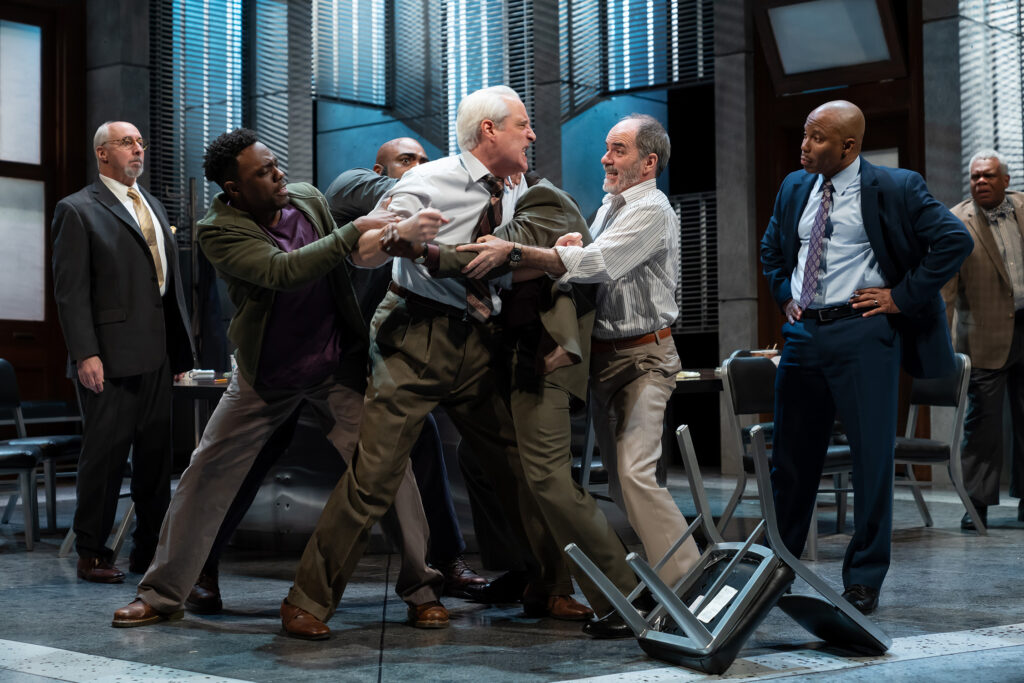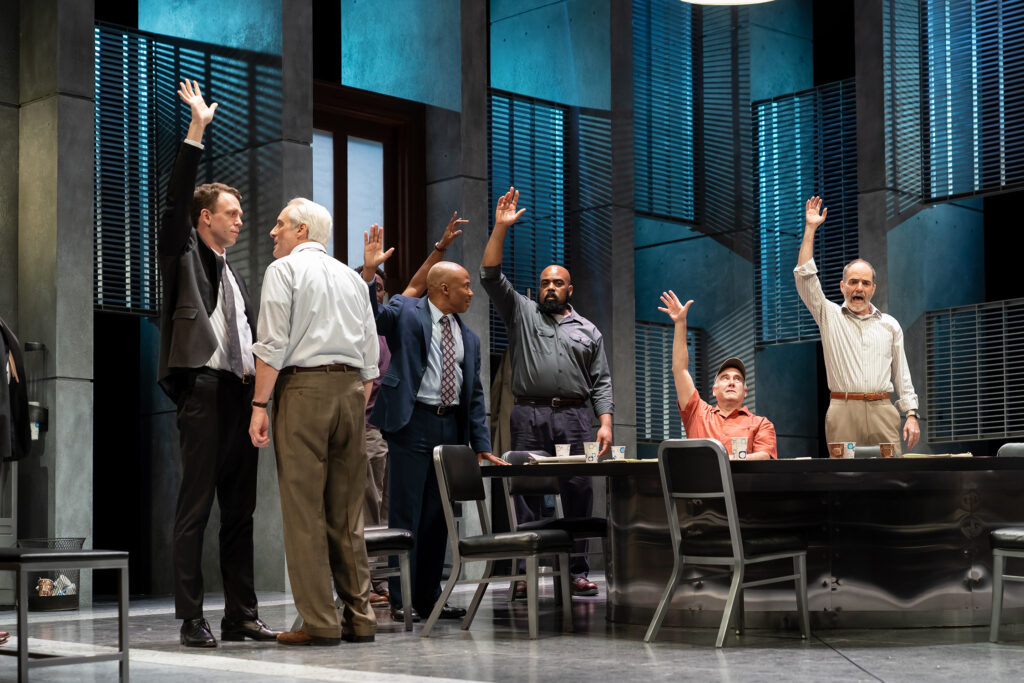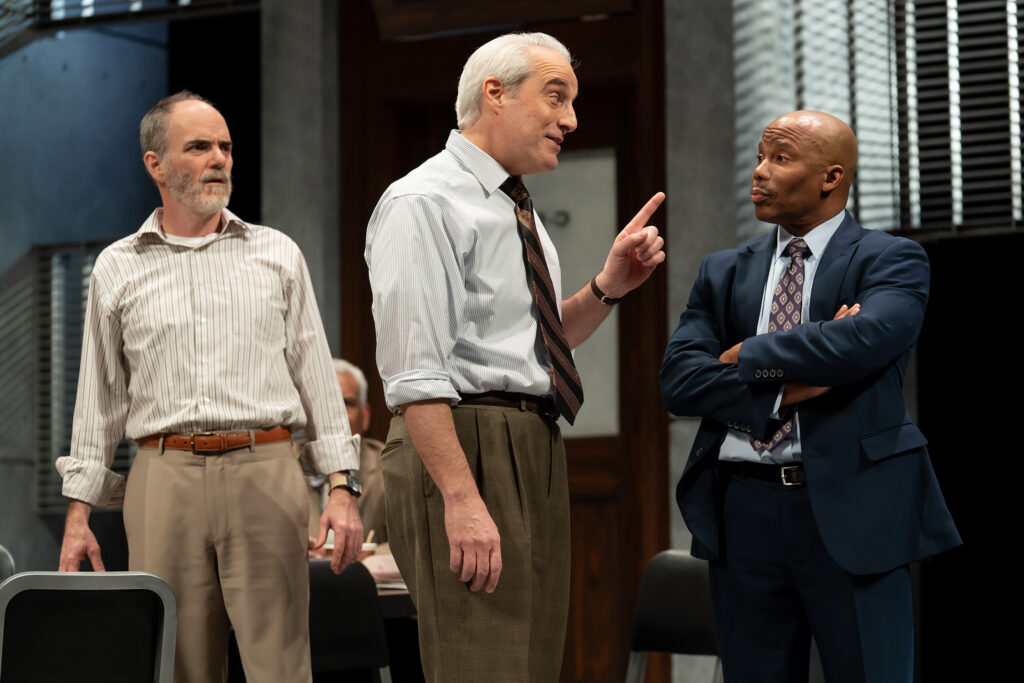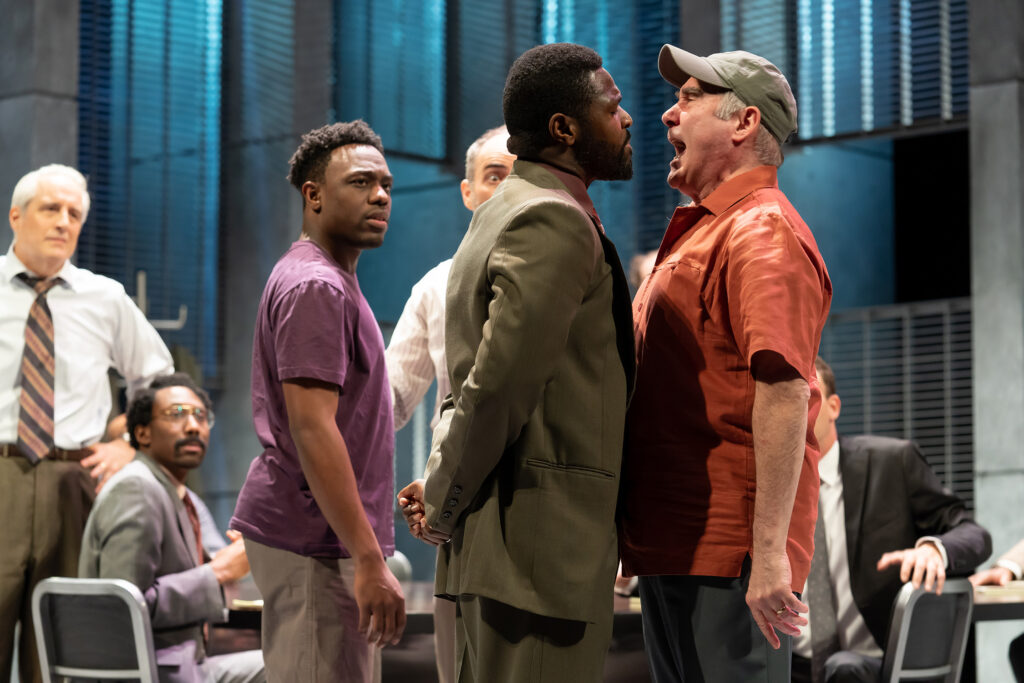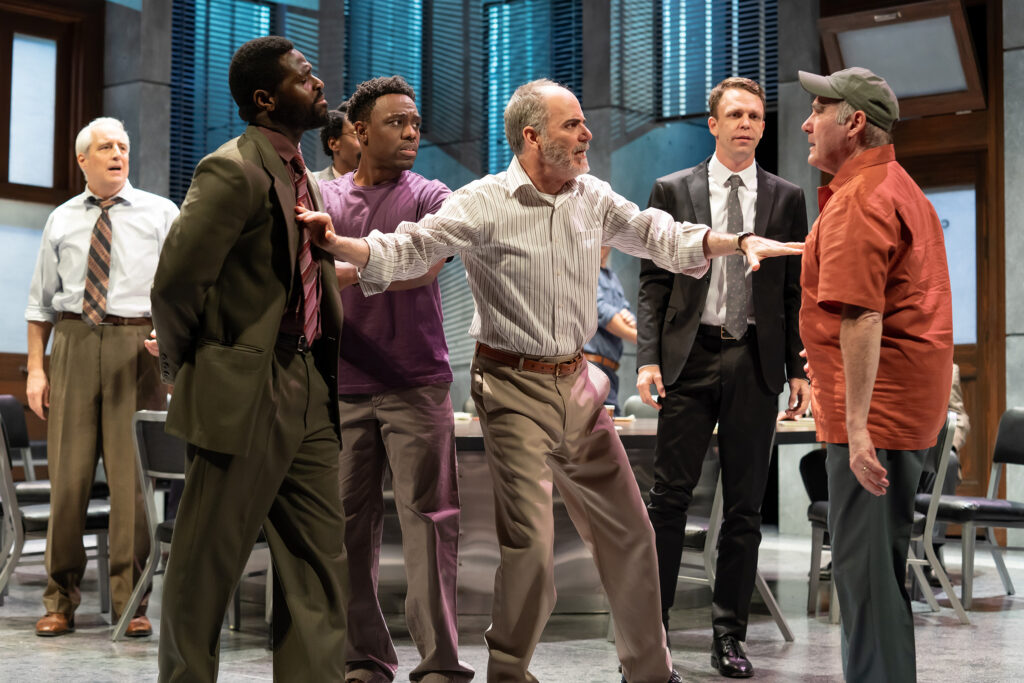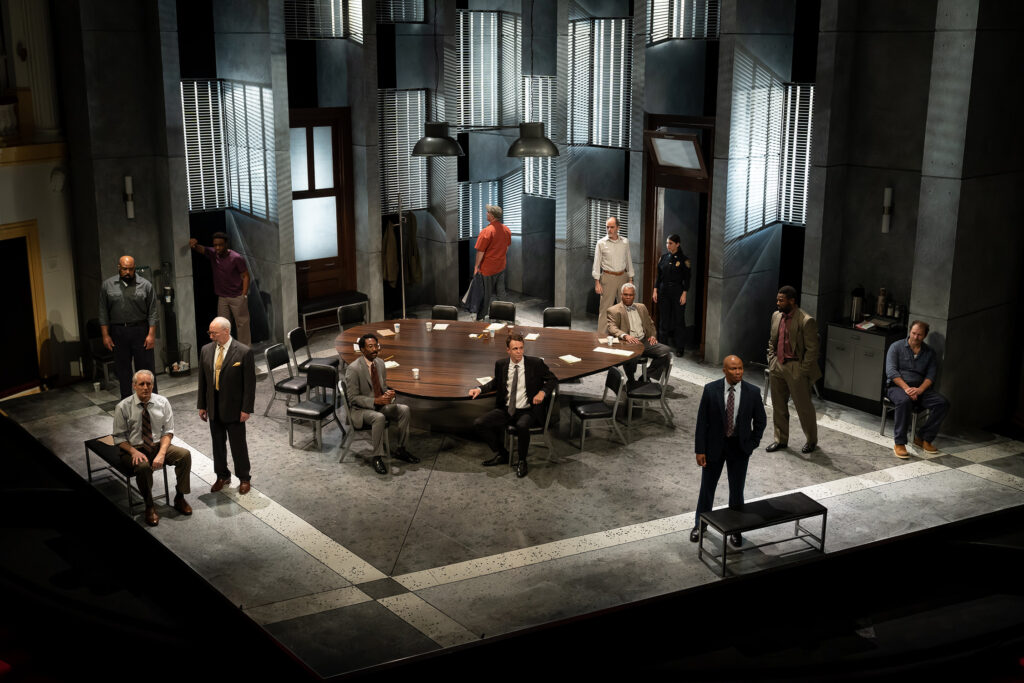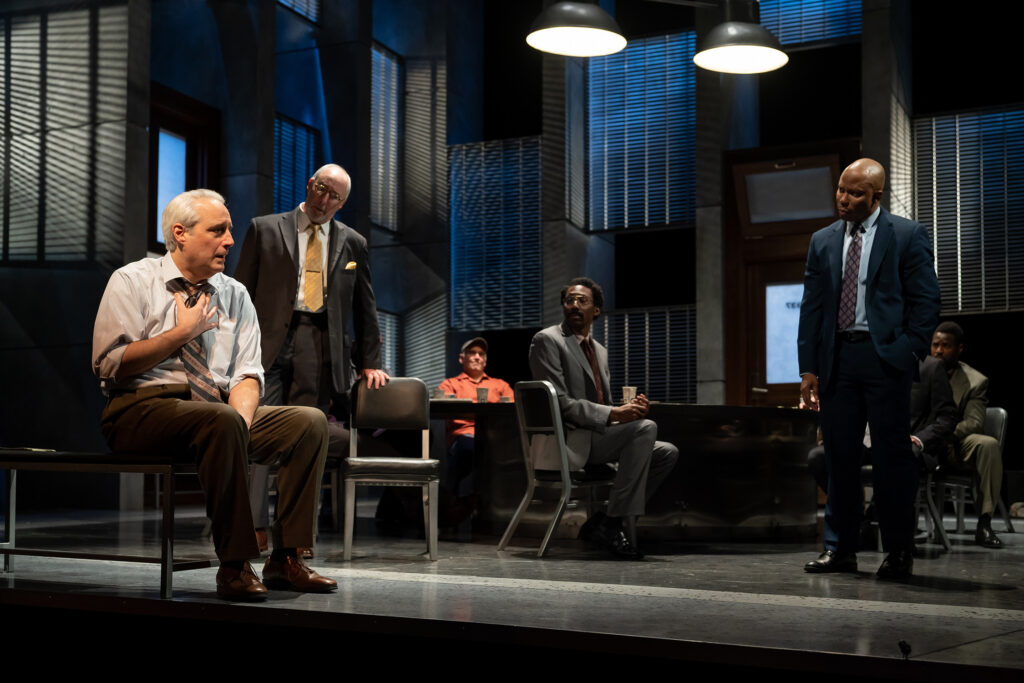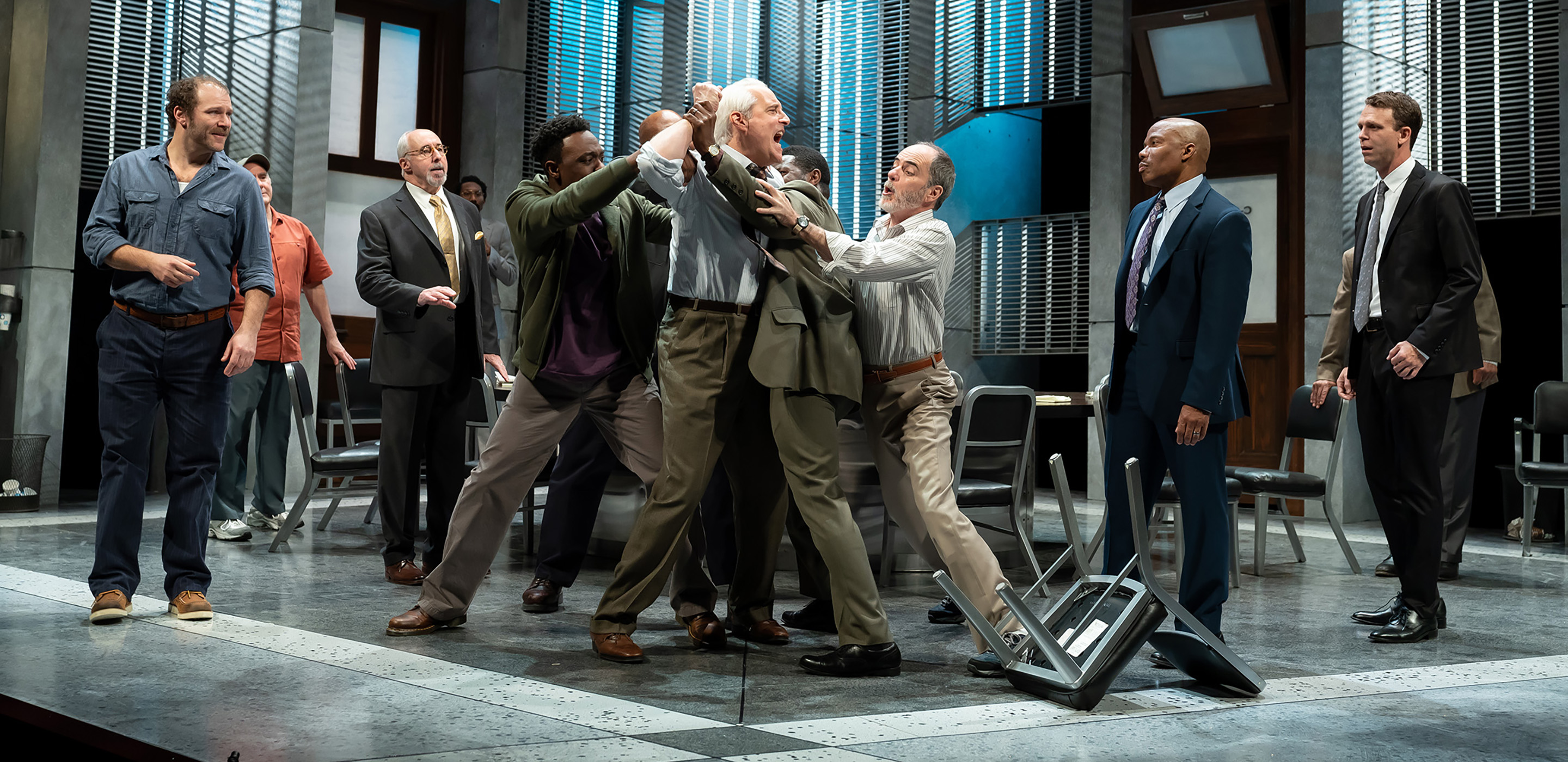
Twelve Angry Men
A Classic American Drama
Behind closed doors, tensions run high as a lone juror argues the innocence of a teenager accused of murder. In this provocatively resonant American drama, 12 jurors from all strata of society revisit the evidence, debate the issue of reasonable doubt and confront each other’s personal biases.
Broadway director Sheldon Epps ignites a conversation about how prejudice obstructs the quest for justice.
This production is Helen Hayes Awards Recommended©.
Artistic Team
Cast

Bru Ajueyitsi
Fifth Juror

Christopher Bloch
Fourth Juror

Eric Hissom
First Juror/Foreman

Erik King
Eighth Juror

Sean-Maurice Lynch
Second Juror

Brandon McCoy
Twelfth Juror

Jason B. McIntosh
Sixth Juror

Lawrence Redmond
Seventh Juror

Michael Russotto
Third Juror
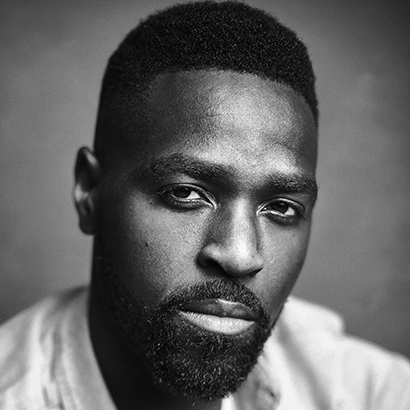
Bueka Uwemedimo
Eleventh Juror
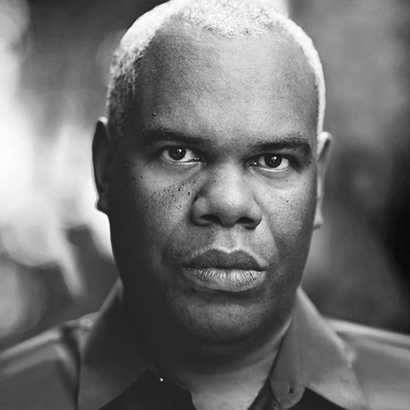
Craig Wallace
Ninth Juror

Elan Zafir
Tenth Juror
Synopsis
The Gist
Read the Synopsis
Act I
The play opens on a swelteringly hot day in a New York City Courthouse. Twelve jurors walk into a room and a guard locks the door behind them. The twelve men must decide a murder case. If they find the defendant guilty, he will be given the death sentence.
The twelve men begin by taking a preliminary vote. Eleven men vote “guilty.” Only one man – Juror 8 – votes “not guilty.” The rest of the jurors are shocked, but Juror 8 says that he couldn’t sentence a boy to death without discussing it first. It is revealed that the defendant is a 16-year-old boy charged with murdering his father.
Juror 8 starts to discuss details of the case that have been bothering him, pointing out his doubts about different testimonies and pieces of evidence. The other men get impatient, already convinced of the boy’s guilt. Finally, Juror 8 proposes that they take a second vote using a secret ballot: If everyone votes “guilty,” he will join them in order to convict.
But Juror 9 votes “not guilty,” so deliberations continue.
One of the key pieces of evidence is the testimony of an old man who lived in the apartment below where the boy lived. The old man testified that he heard a fight upstairs, heard the boy shout “I’m gonna kill you!” at his father, heard a body fall immediately after, and ran to the door of his apartment in time to see the teen running down the stairs.
After Juror 5 expresses doubt that an old man could have run from his bedroom in time to see the teen running down the stairs, Juror 8 decides to recreate the scenario.
Juror 8 shows that the old man did not have enough time to reach the door of the apartment, and Juror 3 bursts out in anger. He shouts, “We’re letting him slip through our fingers!” as he lunges at Juror 8.
Act I ends with the vote eight to four in favor of “guilty.” Jurors 5, 8, 9 and 11 are convinced of the teen’s innocence.
Act II
Shocked by Juror 3’s outburst, the men decide to take another vote. The jury is split evenly with six jurors (Jurors 2, 5, 6, 8, 9 and 11) voting “not guilty.”
Juror 8 continues to review the evidence of the case, revisiting the boy’s alibi and the knife that is the murder weapon. The vote gets closer. Only three jurors – Jurors 3, 4 and 10 – still vote “guilty.”
This change in votes infuriates Juror 10, who begins to rant that he’s certain of the boy’s guilt because “that’s how they are” and “they are wild animals.”
Juror 8 declares that they must not let prejudice cloud the facts. He asks the three “guilty” voters why they are still convinced.
Juror 4 remains convinced by a woman who claims to have witnessed the boy stabbing his father from her apartment across the street. Suddenly, Juror 9 remembers that the woman had marks on either side of her nose and wonders whether she wore glasses.
With this revelation, Juror 4 admits there is reasonable doubt and changes his vote to “not guilty.” Juror 10 remains angry but changes his vote to “not guilty,” telling the rest of the men that they can do whatever they want.
The only remaining “guilty” vote is Juror 3. He admits that the trial has made him think of his own estranged son and that he “can feel the knife going in.”
Juror 8 reminds Juror 3 that the accused is “not your boy.” Finally, Juror 3 changes his vote to “not guilty.”
The jury returns to the courtroom to deliver the “not guilty” verdict.

